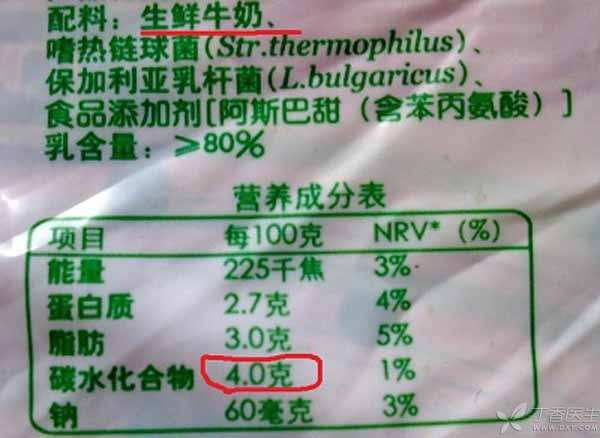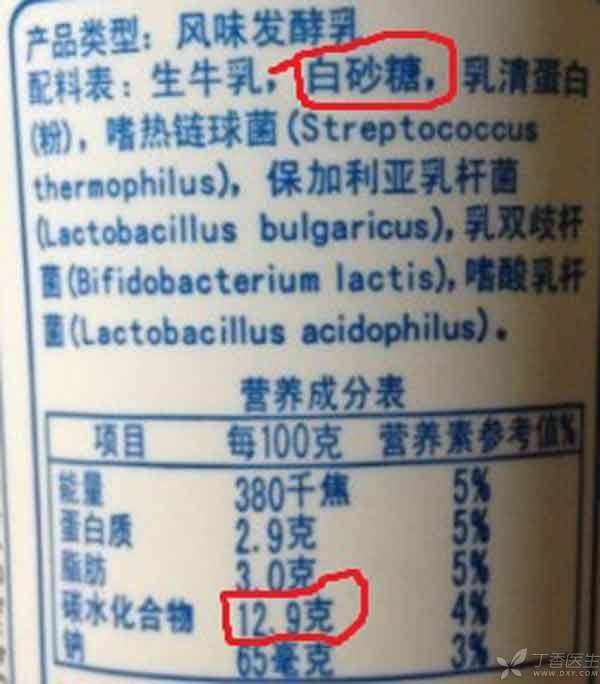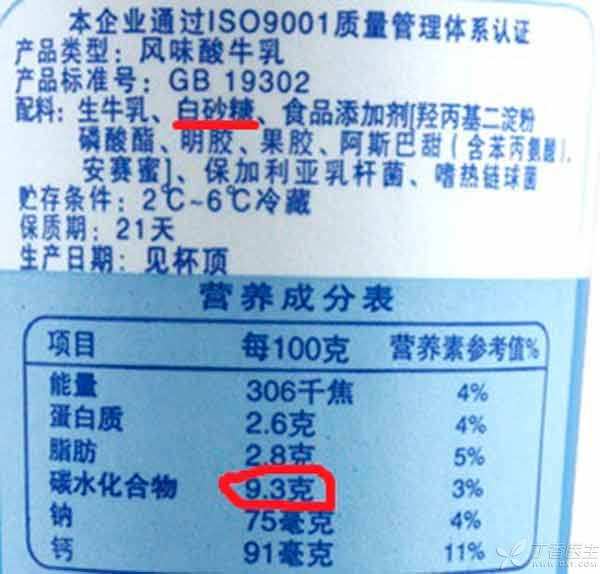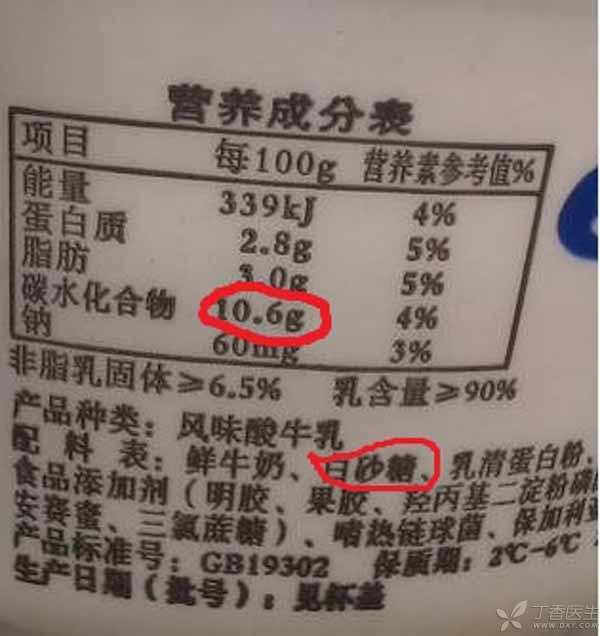
Is it better to drink milk or yogurt? This is a question that is often asked.
The standard answer is this:
Yogurt is fermented by adding specific strains to milk. During the fermentation process, there are a large number of living bacteria, which may be beneficial to intestinal health. In addition, fermentation converts part of lactose into lactic acid, greatly reducing the impact on lactose intolerance.
The translation in human language is like this:
From milk to yogurt, there is no loss of [nutrition], and perhaps the living bacteria in it can bring some additional benefits. Based on this, the yogurt industry and some professionals often claim that [yogurt has higher nutritional value than milk].
However, things are not so simple-[theoretical yogurt] is so, [real yogurt] is different!
Milk and milk are different!
Is there a difference between what in theory and practice?
In fact, [yogurt] is only a living term. In theory, in the national standard, there are 4 types of products that belong to what is commonly called [yogurt]. They are: yogurt, fermented milk, flavor yogurt and flavor fermented milk.
What is the difference between these four types of yogurt in what?
1. Yogurt and fermented milk: Fermented with what bacteria
The former [yoghurt] needs to be fermented by Streptococcus thermophilus and Lactobacillus bulgaricus.
The latter [fermented milk] does not have this restriction, that is, what bacteria can be used.
In other words, all yoghurt can be called fermented milk, but [fermented milk] that is not fermented by these two bacteria cannot be called [yoghurt].
2. Flavor and non-flavor: Add or not add anything
If it is called [yogurt] or [fermented milk], it means that only milk or milk powder can be used as raw material, no other components can be added, and the protein content needs to be ≥ 2.9%.
If the word [flavor] is added before the name, then food additives, nutrition enhancers, fruits and vegetables or grains can be added, as long as the milk or milk powder exceeds 80% (all calculated based on the solids therein), and the corresponding protein content requirement is ≥ 2.3%.
In other words, all yogurt can be called [flavor fermented milk], but only products in [flavor fermented milk] that meet the requirements of [no other components], [protein content ≥ 2.9%] [fermentation with Streptococcus thermophilus and Lactobacillus bulgaricus] can be called [yogurt].
So, we can now return to this question, which is better, milk or yogurt?
[Yogurt] refers to [Yogurt] or [Fermented Milk] in the national standard, and [Flavor Yogurt] [Flavor Fermented Milk] cannot apply that answer!
Is that what you’re drinking?
So, in reality, the yogurt we usually buy is what? Come on, I’ll teach you a unique trick. Look at the nutrition table!
Focus: Ingredients, strains, food additives, milk content, carbohydrate these five indicators. What do you think? Let’s come one by one:

Detailed analysis: The raw material used in this product is [fresh milk]. The strain meets the requirements of yogurt. Aspartame is added and the protein content is 2.7%.
Conclusion: This is a [flavor yoghurt] with only sweetener and water added.

Detailed analysis: This product adds whey protein powder, which makes the protein content 2.9% far exceed the national standard requirements, but adds a large amount of white granulated sugar, which makes the total sugar content as high as 12.9%, higher than carbonated beverages.
Conclusion: The sugar content of fermented milk with iron and iron is especially high.

Details: This product is added with white granulated sugar, thickener and sweetener. A small amount of 9.3% carbohydrate comes from thickener (hydroxypropyl distarch phosphate, gelatin and pectin), and most of it comes from sugar, but the content is slightly lower than that of the previous one.
Conclusion: This is a kind of [flavor yoghurt] with relatively high sugar content (but not the highest).

Detailed analysis: White granulated sugar, whey powder, thickener and sweetener are added, and most of the 10.6% carbohydrate also comes from sugar.
Conclusion: This is still [flavor yoghurt] with high sugar content!
The result was a big surprise.
After analyzing the above products in detail, do you see what?
Most of the yogurt on the market is the above type [flavor yogurt].
The first, with only sweeteners and water, has the same nutritional composition as milk. This product conforms to the comparison between milk and yogurt in the [standard answer] at the beginning of this article-compared with milk, the nutrition is the same as milk, and the living bacteria in it may have some additional benefits.
The latter three are added with one or more of sugar, whey protein powder, thickener and sweetener. Whey protein powder increases the nutritional value, thickener and sweetener do not increase the nutritional value, but only improve the flavor and taste, while white granulated sugar, which is [garbage heat], reduces the [nutritional density] of the product, which can be considered as reducing the nutritional value.
I tried to find [theoretical yogurt]-that is, pure milk fermented without adding sugar and other ingredients, but failed. Because this theoretical yogurt has poor flavor, most people cannot accept it without seasoning, and probably few manufacturers produce it.
Therefore, the conclusion is that the real yogurt is basically [flavor yogurt], and whether its nutritional value is higher or lower than that of pure milk cannot be generalized. It depends on the addition of what ingredients.
In general, Thickeners and sweeteners do not change the nutritional value, and the indicator that should be paid attention to is the added sugar-the more sugar is added, the lower the overall nutritional value. If further consideration is made, sugar is an important risk factor in modern people’s diets, then the added sugar in [flavor yogurt] is enough to obliterate all [possible benefits] brought about by lactic acid bacteria fermentation.
Finally, there are two kinds of yogurt-related products:
One is [normal temperature yogurt]-all kinds of products mentioned above can be heated and sterilized, so they can be stored for a long time without refrigeration. If the value of living bacteria is highly valued, their [nutritional value] is not as good as that of conventional yogurt with the same formula. If we think that the [health care function] of those living bacteria is not reliable and yogurt is only used to obtain the nutrition of milk itself, then normal temperature yogurt is no different from conventional yogurt.
The second is [yogurt beverage] [acidic milk beverage] [lactic acid beverage] [lactic acid bacteria beverage] and so on-they are [beverages] rather than [milk]. Some contain live bacteria, others do not contain, and the common characteristic is that only about 30% milk composition, protein only requires ≥ 0.7%. Compared with yogurt or milk, they are even more different.
